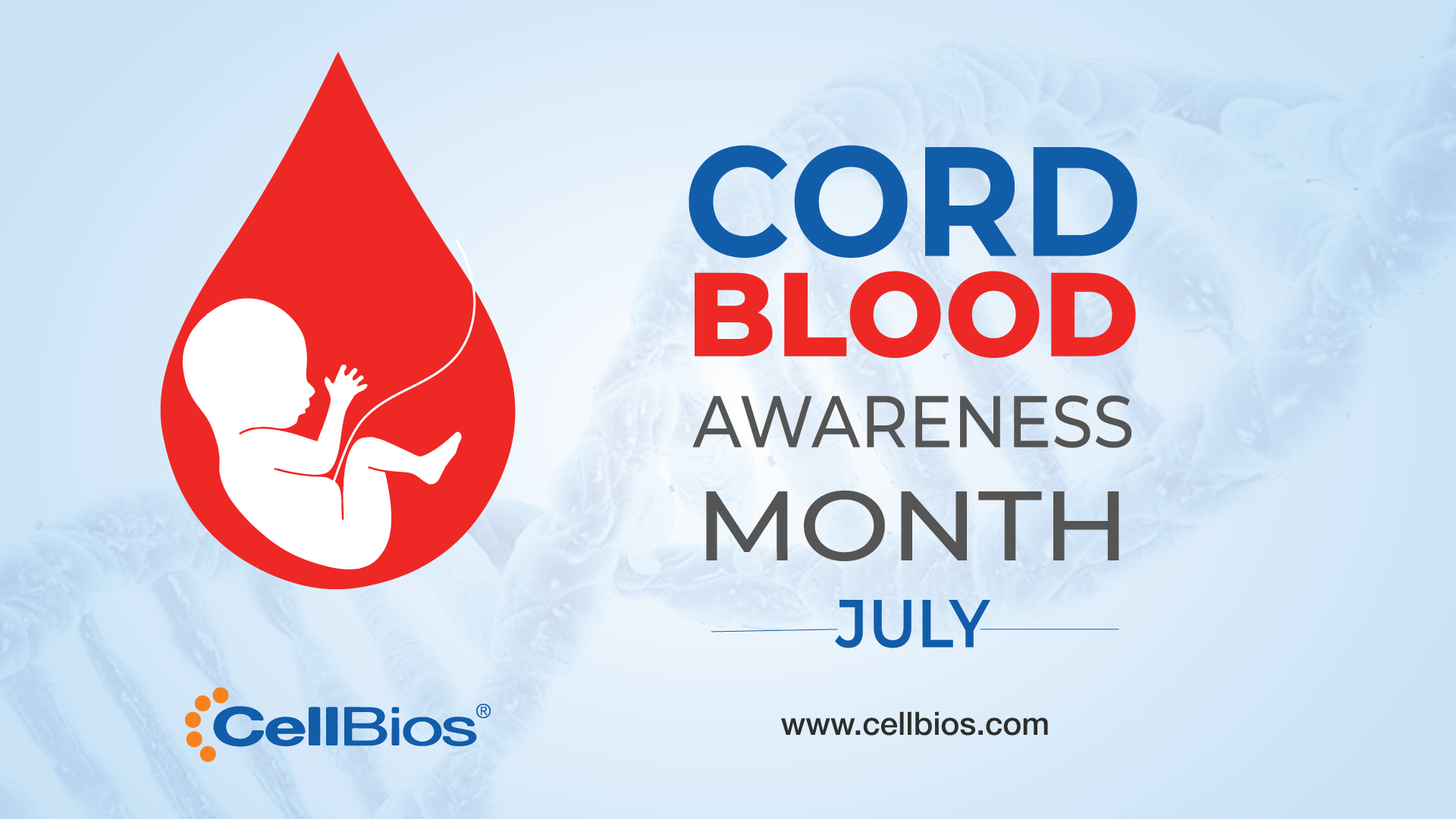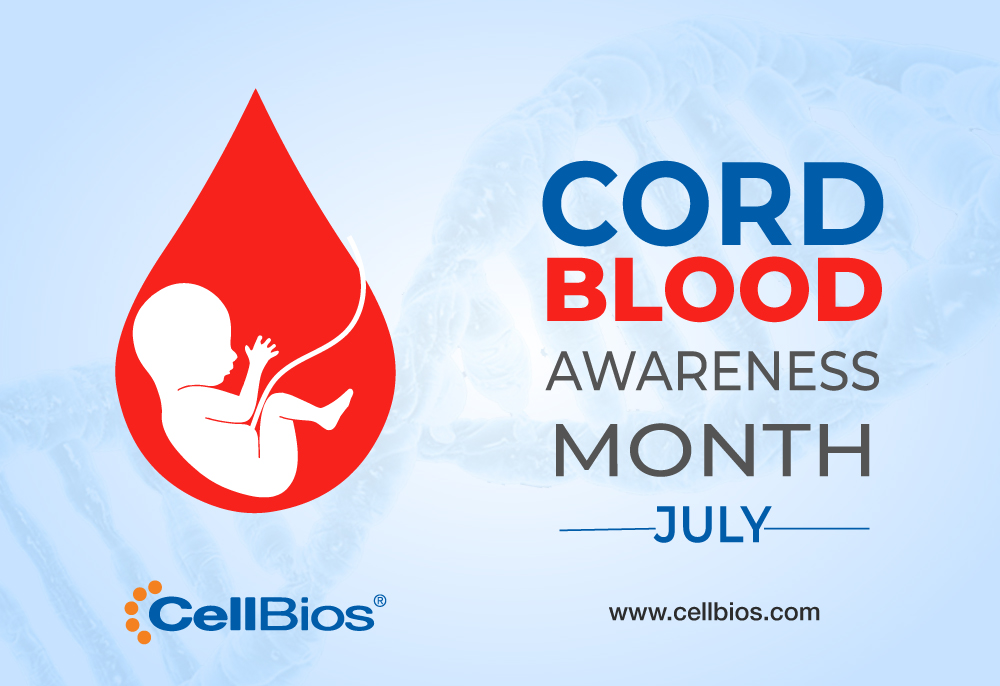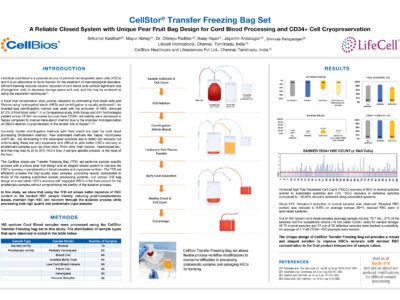Cord Blood Awareness Month - July
The Success of Cord Blood Transplants
July is Cord Blood Awareness Month, aimed at educating expectant parents about the importance of preserving cord blood, collected from the umbilical cord and placenta after a baby’s birth. This blood contains valuable stem cells that can be frozen and stored in cord blood banks for potential future medical use, following rigorous screening and testing protocols.
The first successful cord blood transplant occurred in 1988 in Paris, France, on a child with Fanconi anaemia, marking a significant milestone in medical history. Since then, cord blood stem cells have been utilized to treat around 70 different diseases, particularly in children, including leukaemia, lymphoma, thalassemia, and immune deficiencies.
Advantages of Cord Blood over Other Sources
Compared to stem cells from peripheral blood or bone marrow, cord blood offers several advantages. It is readily available after birth, reducing the time needed to find a suitable donor. Additionally, cord blood transplants require less stringent Human Leukocyte Antigens (HLA) matching, which can impact engraftment and reduce the risk of graft-versus-host disease (GVHD). Furthermore, cord blood units collected from ethnically diverse populations enhance the chances of finding matches for patients from various backgrounds.
Cord Blood Preservation: Choices for Parents
Parents have choices regarding cord blood donation. Typically discarded after birth, cord blood can be saved for potential family use if there is a genetic predisposition to certain diseases. While there’s a 25% chance of a full HLA match between siblings, cord blood units from public banks can provide matches for unrelated recipients, including parents and more distant relatives.
Advanced Solutions for Cord Blood Preservation
The process of collecting and storing cord blood involves clamping the umbilical cord, collecting blood into a sterile bag, and transporting it to a cord blood bank for processing, testing, HLA typing, and freezing.
Advanced solutions like CellBios’ CellStor® products facilitate the processing, freezing, and thawing of cord blood to maintain its quality and viability for transplantation. Over 450,000 cord blood are processed and stored/Frozen with CellStor® Freezing bags.
Learn more about our unique pear fruit design bag, extensively studied for its high HSC cell recovery and better depletion of RBC content, in the poster below and in the shared link of the original publication

Conclusion
Cord Blood Awareness Month highlights the life-saving potential of cord blood stem cells and encourages informed decisions among parents about the options available for preserving this valuable resource.
Original Publication:
https://academic.oup.com/stcltm/article/11/Supplement_1/S26/6692670?login=false
Cord Blood Awareness Month - July
The Success of Cord Blood Transplants
July is Cord Blood Awareness Month, aimed at educating expectant parents about the importance of preserving cord blood, collected from the umbilical cord and placenta after a baby’s birth. This blood contains valuable stem cells that can be frozen and stored in cord blood banks for potential future medical use, following rigorous screening and testing protocols.
The first successful cord blood transplant occurred in 1988 in Paris, France, on a child with Fanconi anaemia, marking a significant milestone in medical history. Since then, cord blood stem cells have been utilized to treat around 70 different diseases, particularly in children, including leukaemia, lymphoma, thalassemia, and immune deficiencies.
Advantages of Cord Blood over Other Sources
Compared to stem cells from peripheral blood or bone marrow, cord blood offers several advantages. It is readily available after birth, reducing the time needed to find a suitable donor. Additionally, cord blood transplants require less stringent Human Leukocyte Antigens (HLA) matching, which can impact engraftment and reduce the risk of graft-versus-host disease (GVHD). Furthermore, cord blood units collected from ethnically diverse populations enhance the chances of finding matches for patients from various backgrounds.
Cord Blood Preservation: Choices for Parents
Parents have choices regarding cord blood donation. Typically discarded after birth, cord blood can be saved for potential family use if there is a genetic predisposition to certain diseases. While there’s a 25% chance of a full HLA match between siblings, cord blood units from public banks can provide matches for unrelated recipients, including parents and more distant relatives.
Advanced Solutions for Cord Blood Preservation
The process of collecting and storing cord blood involves clamping the umbilical cord, collecting blood into a sterile bag, and transporting it to a cord blood bank for processing, testing, HLA typing, and freezing.
Advanced solutions like CellBios’ CellStor® products facilitate the processing, freezing, and thawing of cord blood to maintain its quality and viability for transplantation. Over 500000 cord blood are processed and stored/Frozen with CellStor® Freezing bags.
Conclusion
Cord Blood Awareness Month highlights the life-saving potential of cord blood stem cells and encourages informed decisions among parents about the options available for preserving this valuable resource.
Original Publication
https://academic.oup.com/stcltm/article/11/
Supplement_1/S26/6692670?login=false



